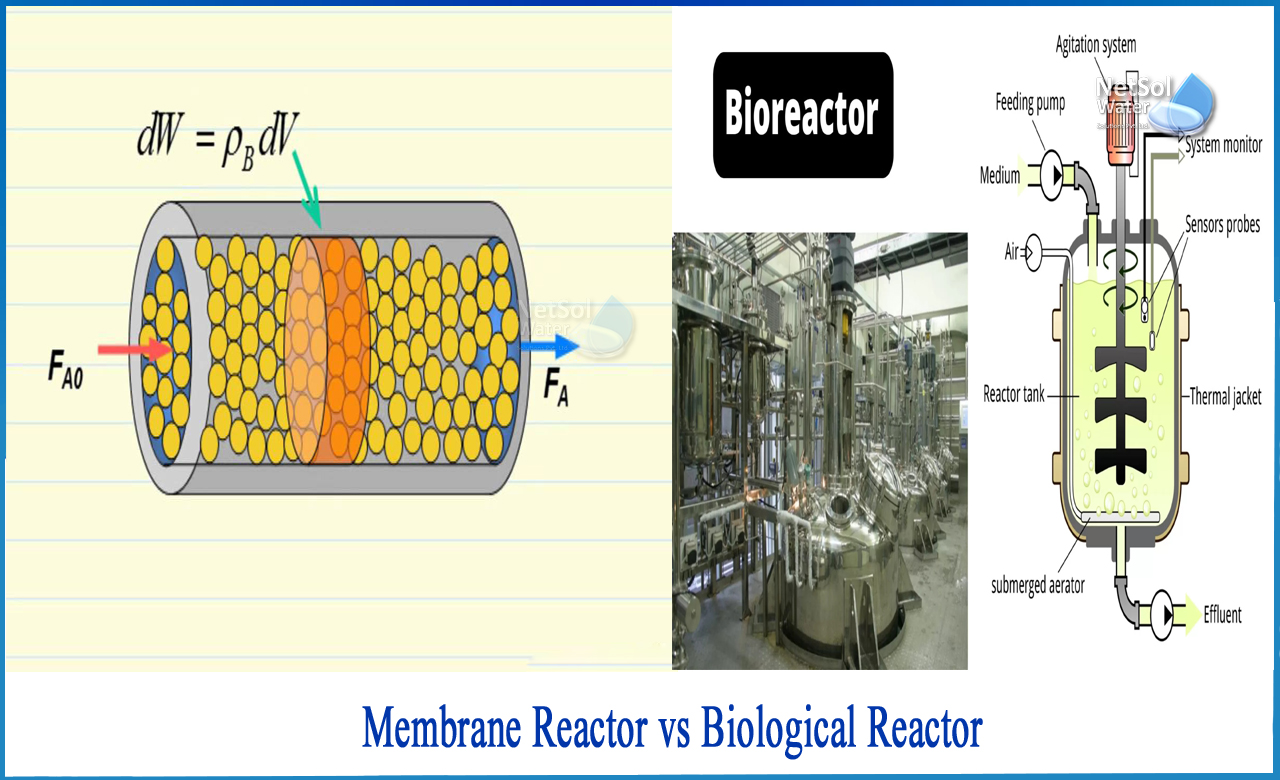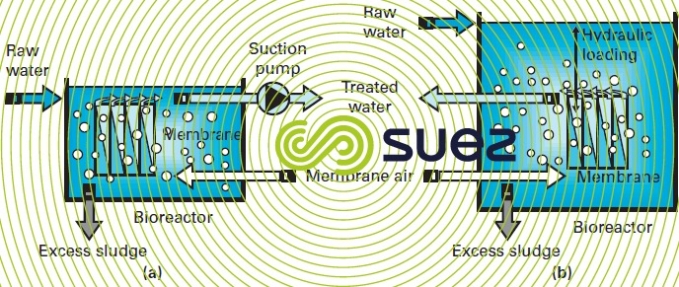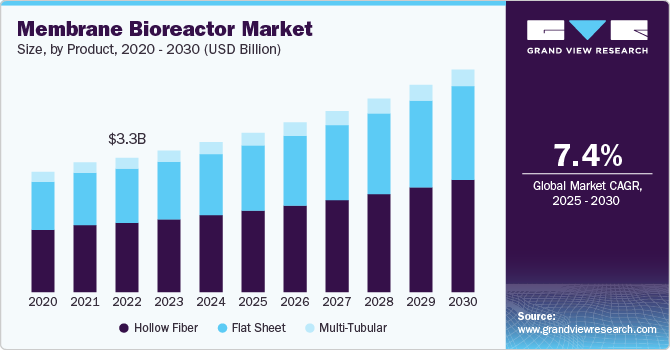Just How Membrane Bioreactors Are Changing Water Purification Equipments
The development of membrane bioreactors (MBRs) represents a considerable improvement in the field of water purification, merging biological treatment processes with cutting-edge membrane layer purification modern technologies. As international water deficiency escalates, the duty of MBRs in promoting safe and clean water reuse and lasting water administration ends up being increasingly crucial.
Review of Membrane Bioreactors
Membrane bioreactors (MBRs) represent a considerable improvement in water purification technology, as they combine organic therapy processes with membrane purification. This assimilation improves the efficiency of wastewater treatment by making use of bacteria to deteriorate organic toxins while concurrently employing semi-permeable membranes to separate cured water from suspended virus and solids.
The MBR system typically includes a biological reactor where the microbial populace metabolizes impurities, complied with by a membrane filtering unit that preserves biomass and enables only tidy water to pass through. This twin performance causes higher effluent top quality contrasted to conventional therapy methods. MBRs can be run in both set and constant circulation settings, offering flexibility in layout and application.
They likewise make it possible for the recuperation of water for reuse, thus contributing to water sustainability efforts. Generally, MBRs are at the center of improving water treatment efficiency and high quality, showcasing the capacity for ingenious remedies in environmental administration.
Benefits of MBR Modern Technology
The assimilation of organic therapy with membrane layer purification offers numerous advantages for water purification processes. Among the key advantages of Membrane Bioreactor (MBR) technology is its ability to efficiently get rid of both organic and inorganic impurities, bring about top quality effluent. The membranes serve as a physical barrier, preventing suspended solids and virus from travelling through, which boosts the general security and dependability of treated water.
In addition, MBR systems call for a smaller sized footprint compared to standard therapy techniques, enabling much more efficient room use. This small design is particularly useful in metropolitan settings where land is restricted. MBRs additionally demonstrate operational adaptability, fitting varying influent top qualities and flow rates without substantial performance degradation.
In addition, the process offers boosted nutrient removal capacities, especially for nitrogen and phosphorus, which are vital for preventing eutrophication in obtaining waters. The decreased sludge manufacturing related to MBR technology likewise translates to decrease disposal costs, making it a cost-effective remedy in the long run - Membrane Bioreactor. On the whole, the advantages of MBR modern technology setting it as a leading selection for sustainable and ingenious water filtration systems, dealing with both ecological and economic worries
Applications in Water Filtration
Applications of Membrane Bioreactor (MBR) modern technology in water purification are impactful and varied, addressing different therapy requires across several fields. MBRs efficiently incorporate organic treatment processes with membrane layer filtration, making them optimal for metropolitan wastewater treatment, industrial effluent administration, and also drinkable water reuse campaigns.
In community settings, MBRs are progressively utilized to boost the quality of dealt with wastewater, permitting for conformity with stringent discharge regulations and helping with the recycling of water for irrigation and non-potable uses. Their compact design also makes them suitable for urban environments where space is limited.
Industrially, MBR technology is utilized to deal with procedure water and wastewater, specifically in fields such as food and drink, drugs, and fabrics. By successfully eliminating pollutants and suspended solids, MBRs help sectors decrease ecological effects while recuperating important resources from wastewater streams.
Moreover, MBRs are gaining grip in decentralized water therapy applications, where small-scale systems can be deployed in remote locations or establishing regions. This adaptability makes informative post it possible for neighborhoods to accomplish sustainable water monitoring remedies, improving access to tidy water while minimizing reliance on traditional therapy techniques.
Study and Success Stories

In another instance, a textile production facility in Bangladesh embraced MBR technology to resolve its wastewater challenges. The system lowered chemical oxygen demand (COD) degrees from 1,200 mg/L to less than 100 mg/L, hence meeting governing standards and dramatically reducing ecological impact.
The College of Cape Community's MBR setup has verified efficient in treating greywater for non-potable reuse on campus. This job not just conserves safe and clean water yet additionally functions as an instructional model for sustainable techniques.
Additionally, a fish and shellfish handling plant in Norway utilized MBR innovation to deal with effluents including high degrees of natural issue, achieving over 90% contaminant elimination. These case research studies highlight MBR modern technology's versatility and its crucial duty in enhancing water quality across varied applications.
Future of Water Therapy Solutions
As international water scarcity and pollution challenges increase, cutting-edge water therapy solutions are becoming progressively important to make certain lasting access to clean water. The future of water treatment depends on the integration of advanced technologies that improve the effectiveness and efficiency of purification processes. Membrane bioreactors (MBRs) are at the forefront of this evolution, combining biological treatment with membrane purification to generate high-quality effluent suitable for various applications.

Arising patterns such as resource recovery from wastewater, including nutrients and power, will certainly additionally change treatment facilities right into green centers. Moreover, improvements in nanotechnology and membrane materials assure boosted performance and longevity of filtration systems.

Conclusion
Their duty in potable water reuse and sustainable water monitoring highlights their importance in dealing with international water scarcity challenges. Proceeded click this site study and development will additionally boost the efficacy and adoption of MBR innovation, making sure a resistant future for water treatment services.
The development of membrane layer bioreactors (MBRs) stands for a substantial advancement in the field of water purification, merging biological treatment procedures with innovative membrane layer purification technologies. As global water scarcity heightens, the function of MBRs in promoting safe and clean water reuse and lasting water monitoring comes to be significantly critical. They also enable the recovery of water for reuse, thus contributing to water sustainability campaigns.As international water deficiency and air pollution obstacles escalate, cutting-edge water therapy options are ending up being progressively vital to guarantee sustainable access to tidy water. Their duty in drinkable water reuse and sustainable water management highlights their importance in addressing international water shortage difficulties.
 Alicia Silverstone Then & Now!
Alicia Silverstone Then & Now! Charlie Korsmo Then & Now!
Charlie Korsmo Then & Now! Jeremy Miller Then & Now!
Jeremy Miller Then & Now! Gia Lopez Then & Now!
Gia Lopez Then & Now! Tina Louise Then & Now!
Tina Louise Then & Now!